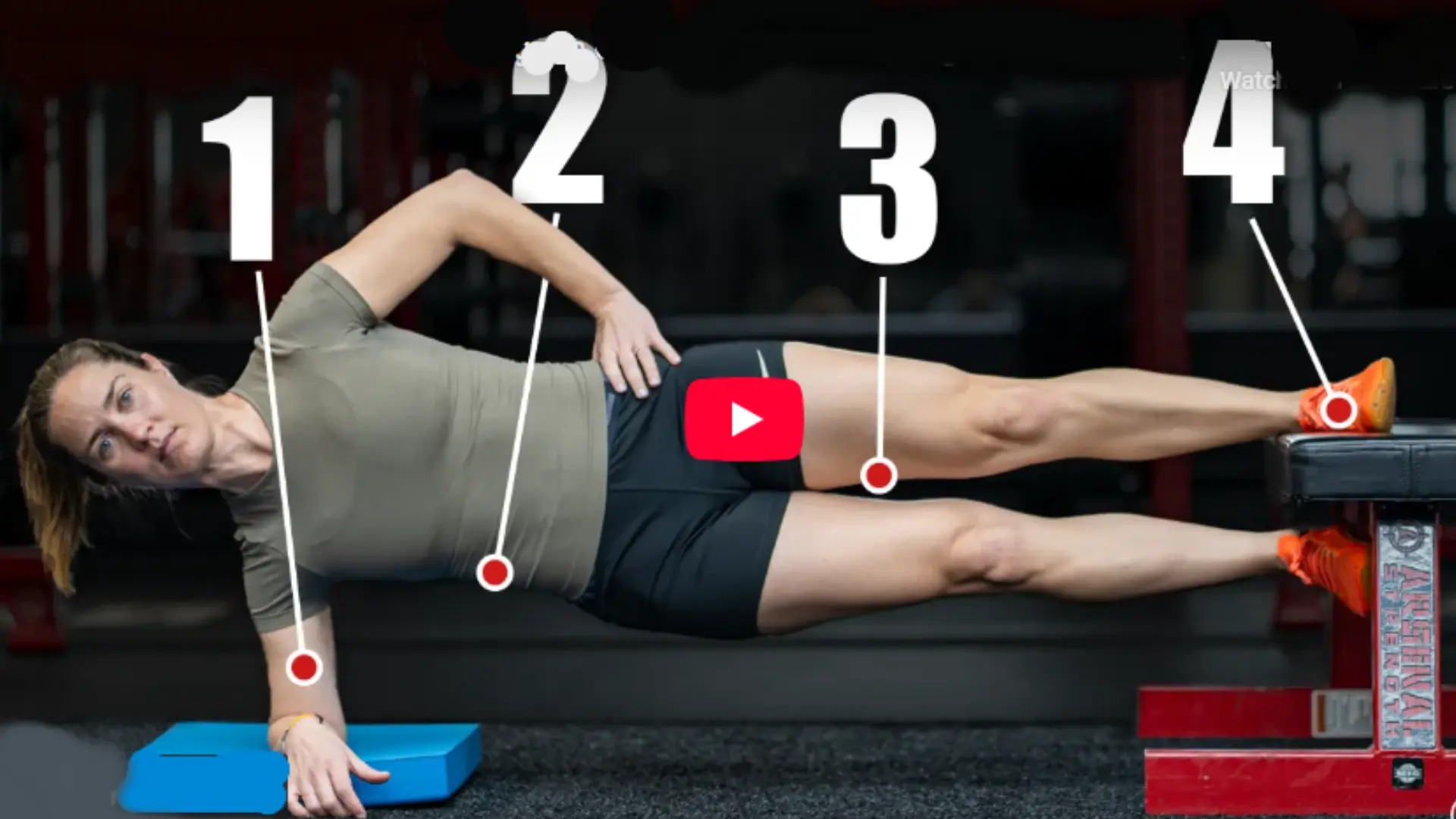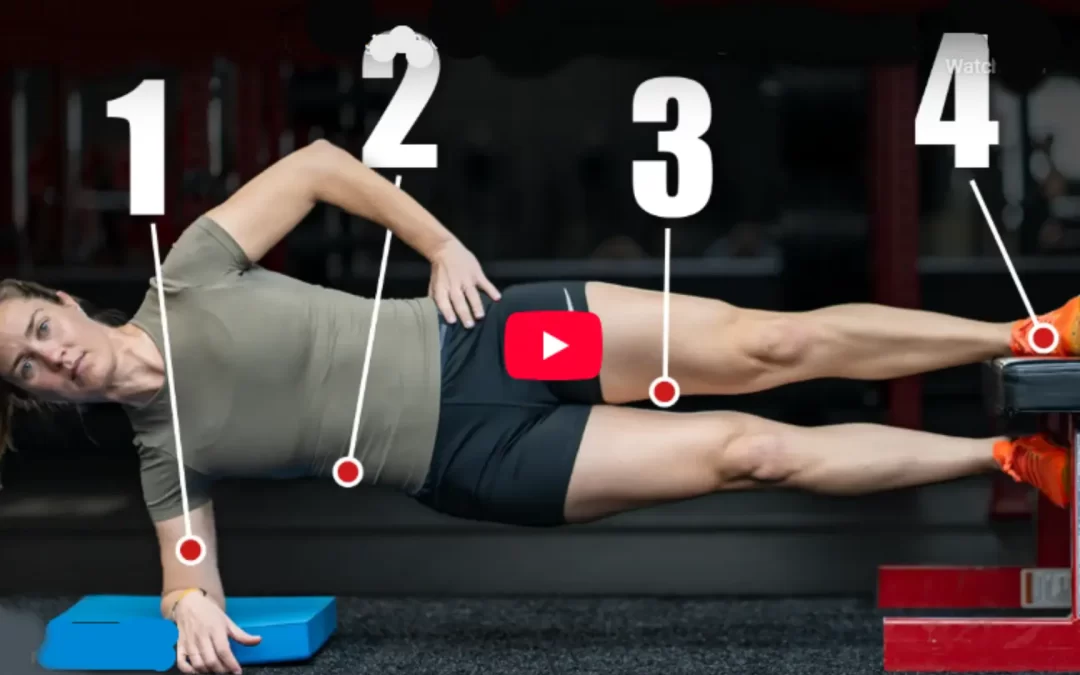Copenhagen Plank: Total Core and Adductor Strength in One Move


💥 You can throw out all of your oblique or adductor exercises for this one exercise!
The Copenhagen plank is one of the most efficient core exercises you can do, engaging multiple muscles at once. It trains your obliques, adductors, glutes, and deep core stabilisers simultaneously, while also teaching your pelvis, ribs, and trunk to stay aligned. For anyone who spends time on the gym floor, outdoor circuits, kettlebell swings, or yoga flows, this move can replace several isolated exercises and still improve functional strength and stability. It also complements practices like mind-body-breath coordination, enhancing fascial engagement and control.
💪 Why Copenhagen planks are so efficient
This exercise saves time and maximises benefit by combining multiple movements into one. It engages both sides of your core, challenges lateral stability, and reinforces fascial slings connecting the pelvis, trunk, and inner thighs. Instead of doing several isolated exercises, the Copenhagen plank hits multiple systems at once, making your workout more effective in less time. Pairing it with exercises like kettlebell routines for women can further strengthen your functional core and lower body synergy.
📝 How to do a Copenhagen plank correctly
Lie on your side, propped on your elbow. Place your top foot on a bench, step, or stable elevated surface. Your bottom leg can bend if needed. Lift your hips so your body forms a straight line from head to top foot, keeping ribs down and abs braced. Hold for 20–60 seconds, then switch sides. Focus on controlled breathing and proper bracing to prevent abdominal doming. For guidance on bracing techniques, see how to brace properly.
🔥 Which muscles does the Copenhagen plank work?
- Internal obliques: mainly on the underside, preventing side sagging and controlling rib flare.
- External obliques: stabilise the trunk and resist rotation.
- Adductors: the top leg presses into the step, anchoring the pelvis.
- Glutes and stabilisers: maintain hip alignment and support the spine.
- Fascial slings: engage connective tissue across the pelvis and trunk, improving functional movement.
🌐 Exercises you can replace with Copenhagen planks
Instead of doing multiple isolated oblique or adductor exercises, Copenhagen planks cover the same muscle groups in one functional move:
- Side crunches
- Side bends (weighted or bodyweight)
- Russian twists
- Lying leg lifts targeting adductors
- Side-lying adductor leg lifts
- Gym machine cable rotations or adductor machines
By replacing these moves, you reduce redundancy and get stronger, more stable core activation in less time.
🏖️ Outdoor and gym-friendly core workouts with Copenhagen planks
Whether you’re on a gym floor, a step in Southsea, or a grassy slope, Copenhagen planks challenge your obliques, adductors, and stabilisers together. A short 5–7 minute block can replace longer isolated routines. Combine with rollouts or kettlebell swings to cover front, lateral, and posterior chains for full-core efficiency.
⚡ Integrating Copenhagen planks into your routine
Superset Copenhagen planks with rollouts, kettlebell swings, or bodyweight circuits. Focus on controlled holds, bracing, and breathing. Gradually increase hold time to maximise functional strength and fascial engagement. This approach makes every minute of your session productive, whether in the gym, outdoors, or in yoga and kettlebell training.
You can Comment or ask questions on this post in Instagram.
We would love to hear from you!
Want to explore more about how fascia influences movement, mood, and memory?
Visit our fascia-informed movement and emotional wellbeing homepage to dive deeper into the science and practice.
